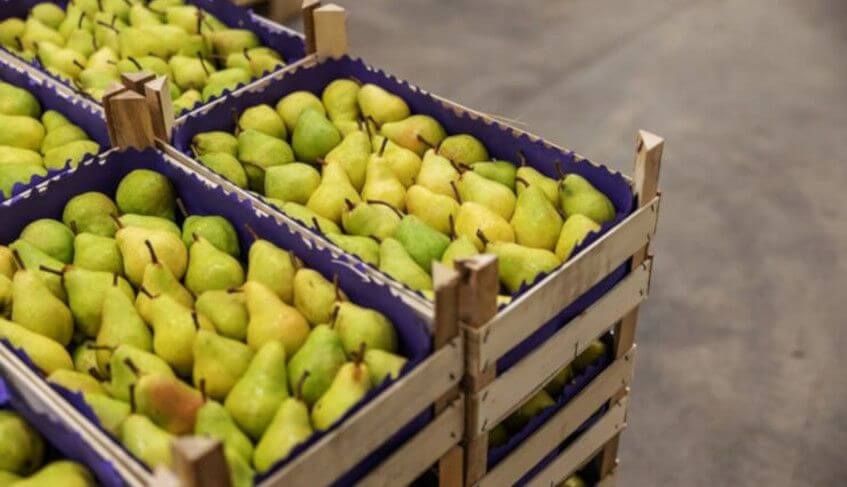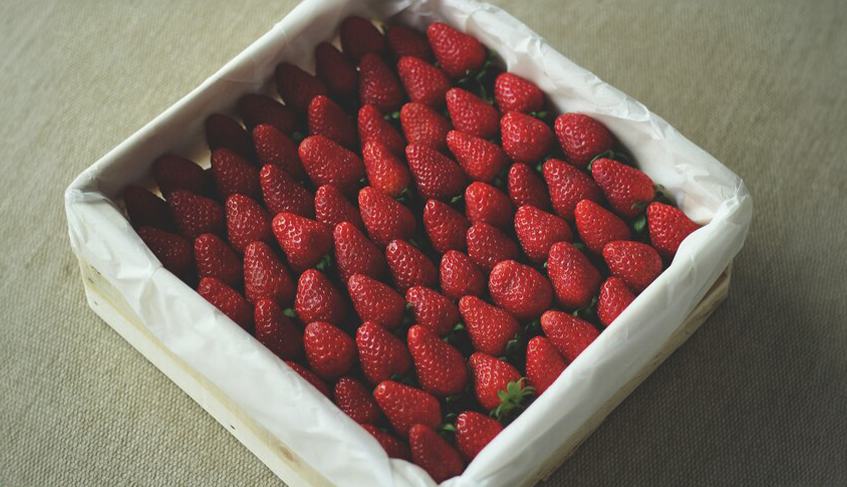Approximately 22 million tons of pears – 4.2% of the total world fruit production- are produced worldwide. Pears are produced especially in the temperate climates of the earth. Pear trees are susceptible to cold nights during flowering.
Harvest Of Pears
Harvest time is extremely important as it depends on what to do with the pears after harvest. For long-term storage, harvest should be done before ripening begins. If the pears are picked too early, they will suffer less in weight as they are still growing in this final phase. There are also some consequences in terms of quality.
Pears picked too early will no longer have a chance to ripen.
Apart from that, the danger in pears is that they become worthless as a result of too much moisture loss; in this case, the pears shrivel, especially around the stem (also called "shriveled neck"). Pears cannot ripen on the tree (except Ya Li), if they ripen they become grainy and whole.
CA / ULO Storage Of Pears
Pears are stored in cold storage and CA-cells. Depending on the species, they are found in good conditions between -1-0ºC. It is recommended to store pears at high air humidity of 90-95% to limit moisture loss as much as possible. Pears generally respond extremely well to O2 reduction, but slightly less responsive to CO2 increase; The CO2 rise combined with the late harvest time strongly encourages the appearance of fruit defects. For this reason, it is recommended that CO2 is not higher than 0.7% in most pear varieties. Pears produce very little ethylene unless they are ripe, in which case they are extremely sensitive to the ethylene that triggers ripening. With CA/ULO storage, ethylene production is drastically reduced and pears become less sensitive to ethylene. It is not possible to use an ethylene converter in pear storage.
Our solutions for pear storage
- CO2 trap
- O2 trap
- Moistening









